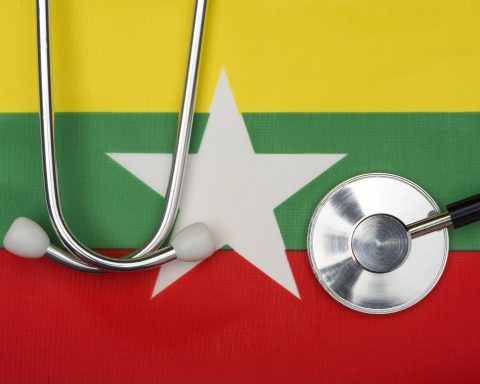
As far as votes go, a 98% endorsement for strike action amongst the 77.5% of BMA junior doctors who returned a ballot sends a strong message about junior doctor discontent on pay. The first planned strike action will take place for 72 hours in mid-March and will see junior doctors stepping away from their wards, surgical theatres, outpatient clinics, and indeed, for GP registrars, their practices. How do junior doctor strikes impact on general practice?
We have, sadly, been here before and not too long ago. Junior doctors, including GP registrars, took industrial action in 2016 to protest against proposed changes to the junior doctor contract. In 2016, again, the turnout and mandate to strike was high, with 98% of junior doctors voting for a strike, and when it came down to taking action, almost 80% of junior doctors withdrew from routine and emergency care in the all-out strike in April 2016.1 The strikes had a significant impact on services, and an analysis using hospital data to look at trends in outpatient appointments and hospital attendance showed a reduced volume of work, but reassuringly no increase in hospital deaths.2 Similar work has not been published looking at the impact of the 2016 strikes on GP appointments or workload, but routine general practice datasets can answer this unknown.
…the expectation is that as supernumerary members of staff, practices should be able to deliver a full service even if registrars are on strike.
GP registrars make up 25% of the full-time equivalent GP workforce.3 However, within the amended terms of the aforementioned 2016 junior doctor contract, GP registrars are supernumerary, and are not meant to be part of the workforce in terms of required staffing. Not every practice is the same and some training practices may have a number of senior registrars running clinics at a time, but the expectation is that as supernumerary members of staff, practices should be able to deliver a full service even if registrars are on strike. One LMC is advising training practices that they ‘…should not be putting out any messages saying that their service will be affected by the absence of their junior doctor workforce’. Over 46,000 junior doctors are BMA members, but it’s unclear how many GP registrars are BMA members, or how many will choose to take industrial action, and even how many of the non-BMA member GP registrars will join the unofficial strike action in support.
What will it mean on the ground? Of those practices where a GP registrar is taking industrial action, pre-booked appointments may need to be moved, or picked up by other GPs, and any on the day acute workload should be carried by the practice as part of their regular service given that registrars are supernumerary. The LMC England Conference passed a motion in November 2022, offering ‘public support to all junior doctors, specifically GP registrars, in their pursuing full pay restoration to 2008 levels’ and suggested guidance to inform, empower and support GP registrars around industrial action. I’d say, “Great, and it’s time to put the money where the mouth is.”
I find myself saddened that we are here again. GP registrars, just like our hospital colleagues, are finding themselves in a situation where not taking industrial action is no longer an option…
So is it important to count how many GP registrars are going on strike and the impact on general practice? The situation in general practice is different than in hospital, where trainees are not supernumerary and their shifts will need to be covered by consultants and other doctors who are not on strike, and where perhaps the potential for disruption to services is higher. I do think it’s worth being counted in the community, and in terms of making a case when negotiating a pay deal with the government, evidence of action is leverage.
On a personal note, I was one of the doctors who went on strike in 2016. Here, in my final months as a GP registrar and as a BMA member, I find myself saddened that we are here again. GP registrars, just like our hospital colleagues, are finding themselves in a situation where not taking industrial action is no longer an option when faced with real-terms pay cuts which are likely contributing to a growing retention crisis. As ever, we must never forget what really lies in the balance – a sustainable NHS that I hope all of us, government, junior doctors, and the BMA, is fighting for to meet the needs of the public.
References
1. Campbell DJ, S. Almost 80% of junior doctors took part in all-out strike, NHS says. The Guardian. 2016.
2. Furnivall D, Bottle A, Aylin P. Retrospective analysis of the national impact of industrial action by English junior doctors in 2016. BMJ Open. 2018;8(1):e019319.
3. General Practice Workforce, 31 January 2023: NHS Digital; 2023 [Available from: https://digital.nhs.uk/data-and-information/publications/statistical/general-and-personal-medical-services/31-january-2023.
Featured photo by Tugce Gungormezler on Unsplash








